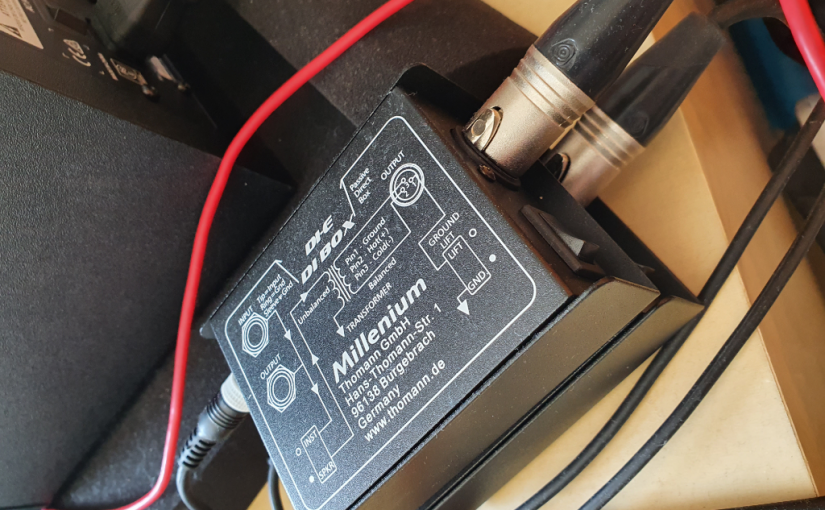Ok, maybe you don’t know this song, Bad Ground, from a controversial band Type O Negative. If you do know it it’ll bring a smile to your face. But if you hear it in your headphones or from your speakers, you won’t be smiling. The 50-60 Herz buzz or maybe even digital noise that ruins your listening pleasure and maybe even your recordings.
This is something I feel I need to discuss, because earlier I wrote about impedance. Like the previous article, you may be an experienced sound engineer or pro musician. In that case please skip this article. This is for the home studio creatives that just can’t keep the noise from creeping into the system. By the way you can find plenty of articles on the subject. This one just compounds it all into one.
In any case I was helping out building a home studio and when connecting a second display to the laptop there it was: bad ground. A digital fizz from the HDMI cable and a hum from the bad ground. The active speakers amplified the noise sounds coming from the signal in the unbalanced cables from the audio interface. Simple jack cables.
Ah you should say. There you have it. Unbalanced cables work by shielding a single signal wire with a mesh that wraps around it. This mesh wiring should be grounded. The shield mesh then prevents electromagnetic interference from the outside reaching the signal cable. This all goes wrong if not every device in the chain is solidly grounded along the same wire more than half a meter into the earth.
This bad ground can just be floating, catching interference from all noise sources around it. Or it can be that one part of the chain is grounded differently and the signal difference of the shielding interferes with the signal. Do you have the option to bring a solid ground in your studio setup? Please start there. In other cases there is only one other solution and that is to accept the bad ground and the interference of other signals.
Does that mean accepting the noise? No of course not. The answer to noise in the studio and on stage has always been the use of balanced cables. In balanced cables there is also the shielding mesh of a ground cable, but inside there are two twisted cables. A hot and a cold one. Usually using XLR connectors instead of the jacks. Although XLR cables can also be used unbalanced.
This time the difference between hot and cold is used as the signal. This time the effect of interference on the signal is much less, because it evens out on the twisted pair. This can only mean that you should always use balanced cables when possible.
Now if only it was that simple… Some audio interfaces only have unbalanced outputs. Instruments usually have only unbalanced outputs. what should you do with these signals to prevent bad ground? This is where you need DI’s. Direct Input devices, pick up the unbalanced signal from a jack connector and output a balanced signal to an XLR connector.
Inside the DI you will find a transformer that picks up the signal and passes it to the hot and cold wires of the XLR. But transformers are coils wrapped around the same core. the signal energy is passed from one coil to the other. This means signal loss and a coil does have a frequency response that is not 100% flat. In other words, the signal is lower in energy at the other side and can have slightly less low and high frequencies.
Passive DI’s just use the transformer and give you signal loss and a slight effect on the signal quality. Active DI’s can compensate for the signal and signal quality loss, but need a power source to make the additional electronics work. Even worse, cheaper active DI’s can add noise to the signal from the electronics. A more expensive passive DI can sound better than a cheap active DI.
In the end for my noise problem I found an affordable passive DI that sounds great. The studio setup was inexpensive and simple and there was therefore no noticeable degradation of the sound. You might also want to try this Millenium DI-E. DI’s can sound muffled, but the transformer can also add warmth to the signal. Some very expensive pre-amps for vocals and guitars use transformers to add warmth.
So there you have it. May you kill the noise…
